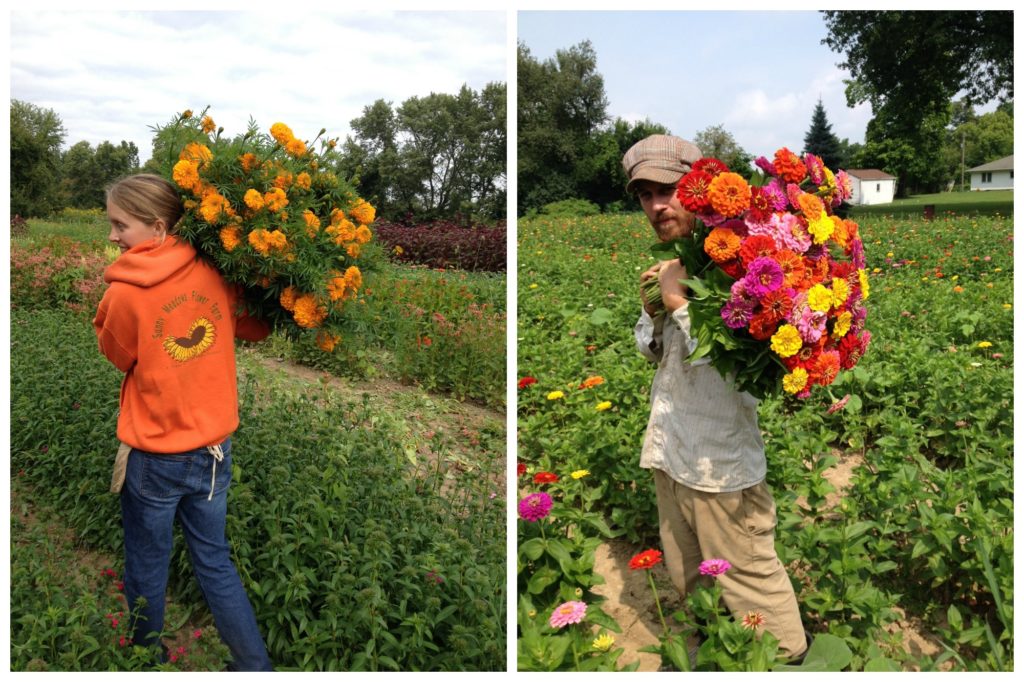 I’ve crossed flower paths with Steve and Gretel Adams of Sunny Meadows Flower Farm in Columbus, Ohio a few times over the years, including Kate Holt’s Flower Wild workshop and we’ve discovered we have a ton in common. We all started this crazy flower farming adventure around the same time and both our farms pump out tons of blooms and offer full service wedding design services. I asked Steve and Gretel to share a little bit more about their farm, the phenomenal growth of their business and their plans for the future.
I’ve crossed flower paths with Steve and Gretel Adams of Sunny Meadows Flower Farm in Columbus, Ohio a few times over the years, including Kate Holt’s Flower Wild workshop and we’ve discovered we have a ton in common. We all started this crazy flower farming adventure around the same time and both our farms pump out tons of blooms and offer full service wedding design services. I asked Steve and Gretel to share a little bit more about their farm, the phenomenal growth of their business and their plans for the future.
Erin: Located less than 10 miles from downtown Columbus, your spread has got to be one of the nation’s largest urban flower farms. Do you know if there are any larger than yours? Was the land previously farmed?
Gretel: Since my dad purchased the land in the 80’s, the city kind of grew around it as it expanded. Where we are was historically farmed and from reading the farmer’s memoirs, they specialized in turnips that they shipped to surrounding states in the 1950’s. However, when we inherited the land, it hadn’t been farmed since. My grandfather used to mow it, but he was in his 80’s when he moved out, so it was totally overgrown. We made investments in infrastructure to make it a farm- dug a well, ran electric, built the cooler, bought equipment, etc. Luckily, we started with pretty good soil that had drainage tile previously run through the center of the field. I had never really thought of our size comparison, but I guess we probably are the largest urban flower farm. We own 10 acres and rent 2, making our actual tillable field production about 3.5 acres, and the rest of our production acres are our perennial fields and greenhouses. The good thing about flowers, as you know, is that you can crank a lot of volume out of limited space.
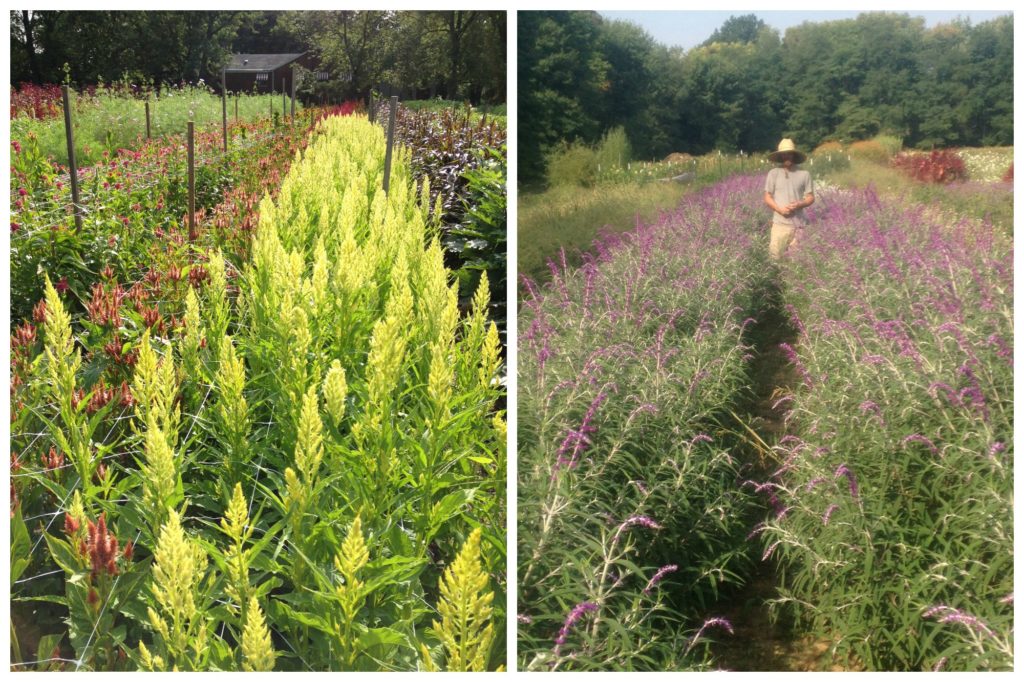 Erin: Steve, you do most of the deliveries to florists, is that right? What are some of the varieties you grow that florists get most excited about?
Erin: Steve, you do most of the deliveries to florists, is that right? What are some of the varieties you grow that florists get most excited about?
Steve: Lisianthus is definitely number one- they like all colors, especially purple. They eat up our dusty miller, dahlias, scented geraniums, brain celosia, ranunculus, and stock. All florists use stock, even the FTD or funeral florists, so we grow all we can fit into the tunnels in the spring. Last year they were pretty excited about our Ornithogalum trial, so this year we are planting 1200 in a bed in the greenhouse. It is fun to introduce them to new things we have added to the repertoire.
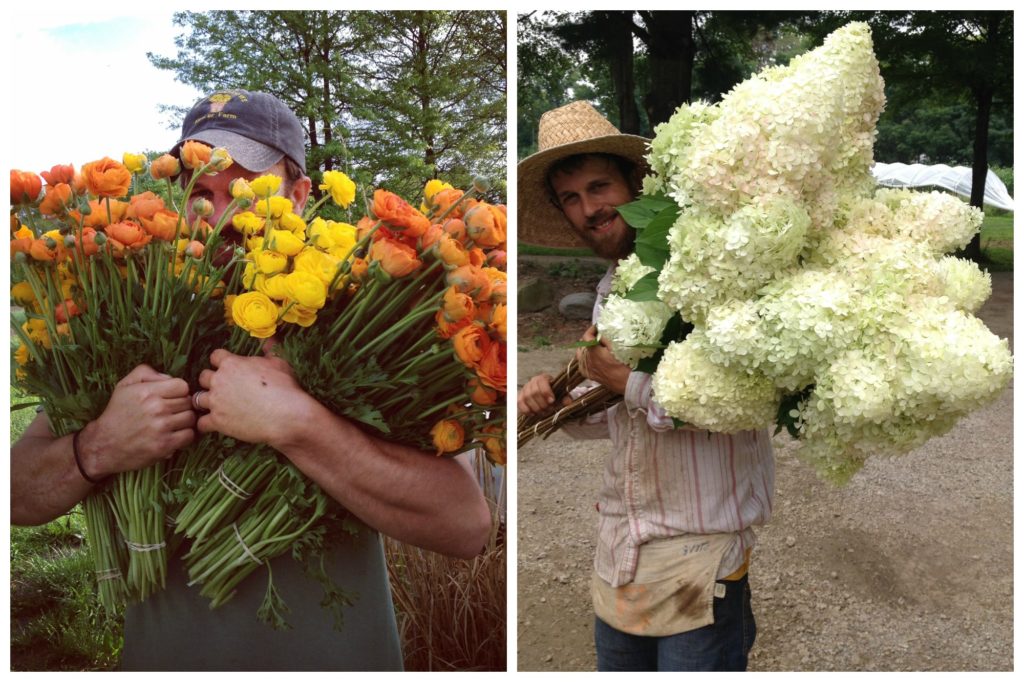 Erin: What other kind of feedback are you receiving from the traditional florists who have started buying your locally-grown flowers?
Erin: What other kind of feedback are you receiving from the traditional florists who have started buying your locally-grown flowers?
Steve: Our florists are pretty standard florists here in Columbus, with a few exceptions, so the funky stuff is still a hard sell. Being in the Midwest, it takes a while for trends to reach us, so we are trying to be ahead of the curve by keeping track of what’s happening on the coasts and introducing it to them, although with the help of social media ideas are definitely spreading faster! The event designers are the ones who want the fun stuff, but they may not have events every weekend, so we need some shop florists for a steady flow of orders. They know our prices are a little higher than what it would be from the wholesaler, but that every stem is usable coming from a local grower where everything is delivered next day and still in water. There is no shrink when they pull it out of the box, no wondering if it is going to rehydrate. We are currently looking to expand to florists in Cincinnati and Cleveland who are excited about local flowers, we just need to figure out the logistics for them to cooperatively buy from us for a one-stop delivery to the cities 2 hours away. Through our florist sales, we have learned that there are definitely flowers that are more for our mixed bouquets rather than florist sales, at least in our area- ageratum, marigolds, and zinnias to name a few.
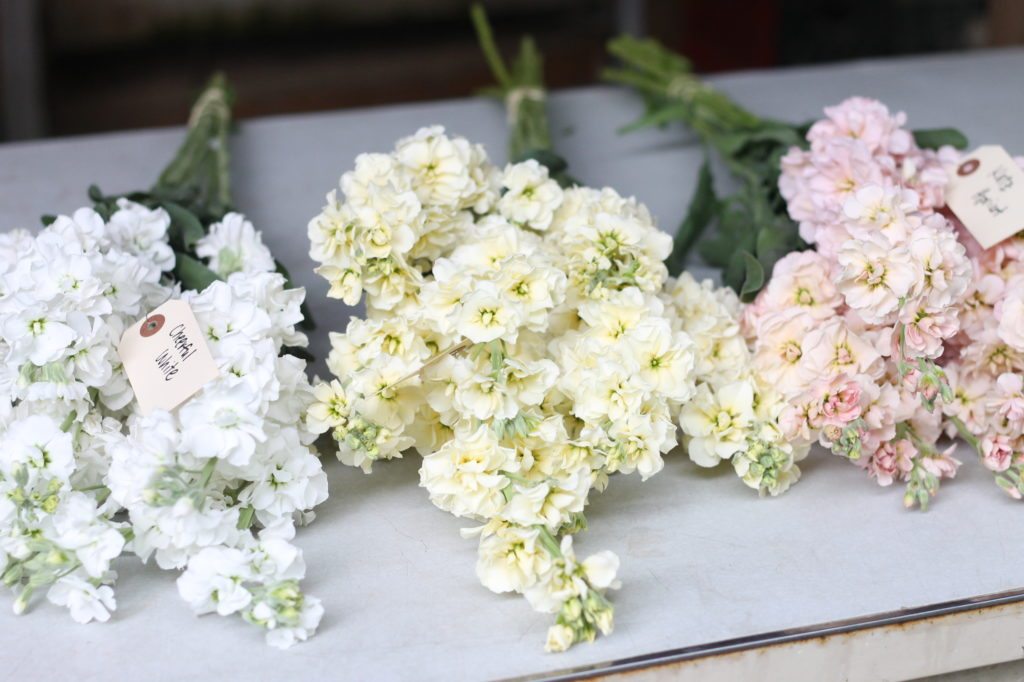 Erin: Gretel, you graciously picked up the pen to author the regular flower farm column in Growing for Market after I took a “sabbatical.” You’ve written some great stories about growing lisianthus and pricing flowers and your column explaining how you juggle multiple Saturday farmers markets and Saturday weddings, made my head spin! Your level of organization is enviable! What are ideas you have for future articles? Any previews you can share?
Erin: Gretel, you graciously picked up the pen to author the regular flower farm column in Growing for Market after I took a “sabbatical.” You’ve written some great stories about growing lisianthus and pricing flowers and your column explaining how you juggle multiple Saturday farmers markets and Saturday weddings, made my head spin! Your level of organization is enviable! What are ideas you have for future articles? Any previews you can share?
Gretel: First off, I owe you a thanks for connecting me with the Growing for Market team! In the future, I predict there will be more info about specific varieties, as well as my favorite foliages, and more details about employees and other business type details of flower farming.
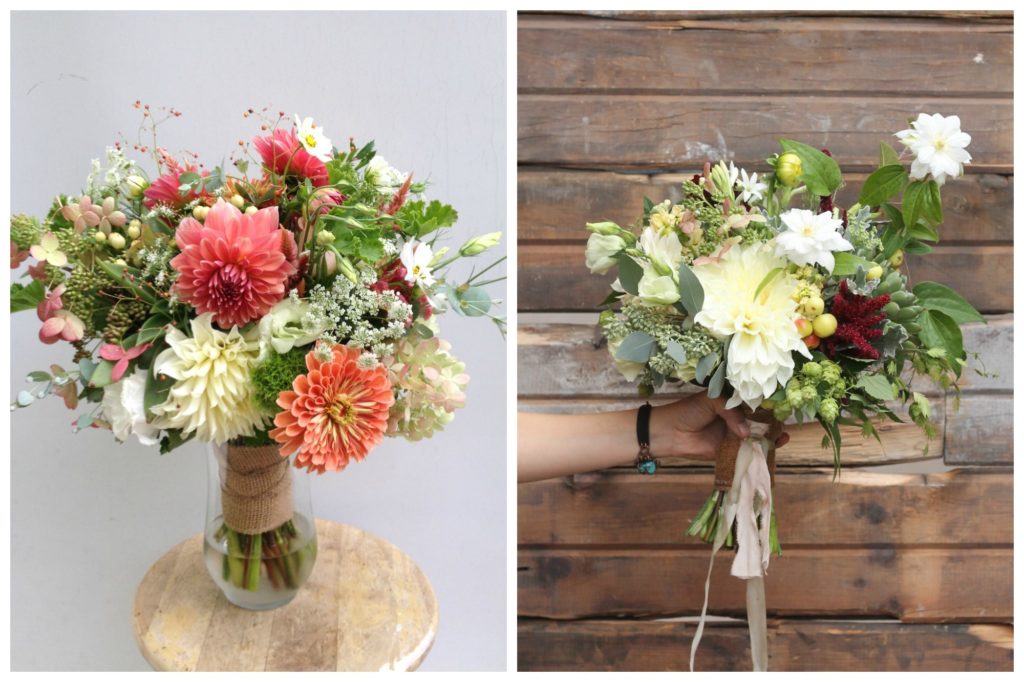 Erin: Although I often struggled to squeeze in time to write my articles on top of everything else, I still really enjoyed doing so, because I found that writing about flower farming actually made me a better flower farmer—at least in terms of tracking record keeping. You guys are already superstars when it comes to record keeping. Are there specific computer programs or apps that you use to track your seeding schedule or other aspects of your operation? What tips can you share?
Erin: Although I often struggled to squeeze in time to write my articles on top of everything else, I still really enjoyed doing so, because I found that writing about flower farming actually made me a better flower farmer—at least in terms of tracking record keeping. You guys are already superstars when it comes to record keeping. Are there specific computer programs or apps that you use to track your seeding schedule or other aspects of your operation? What tips can you share?
Gretel: We created our crop plan with the help of the book Crop Planing for Organic Vegetable Growers. It provided templates with formulas already created, we just had to create all our own flower data to input in the yield squares and standardize our system for it to work. Our seed starting schedule and planting schedule all come from that book’s format. Each year it gets easier as we figure out our systems. Also, each year we do enterprise budgets to analyze each crops profitability. Sounds like some dorky spreadsheet stuff, but really it made our farm operate more like a business and gave us a schedule to follow amongst all the chaos of the busiest months. We record when transplants are put into the field and what is being harvested each day so we can use that information for next year’s planning. This is what we are doing the whole month of January in front of the computer, which makes me more than happy to go back outside, despite the cold, to get my hands back in the dirt!
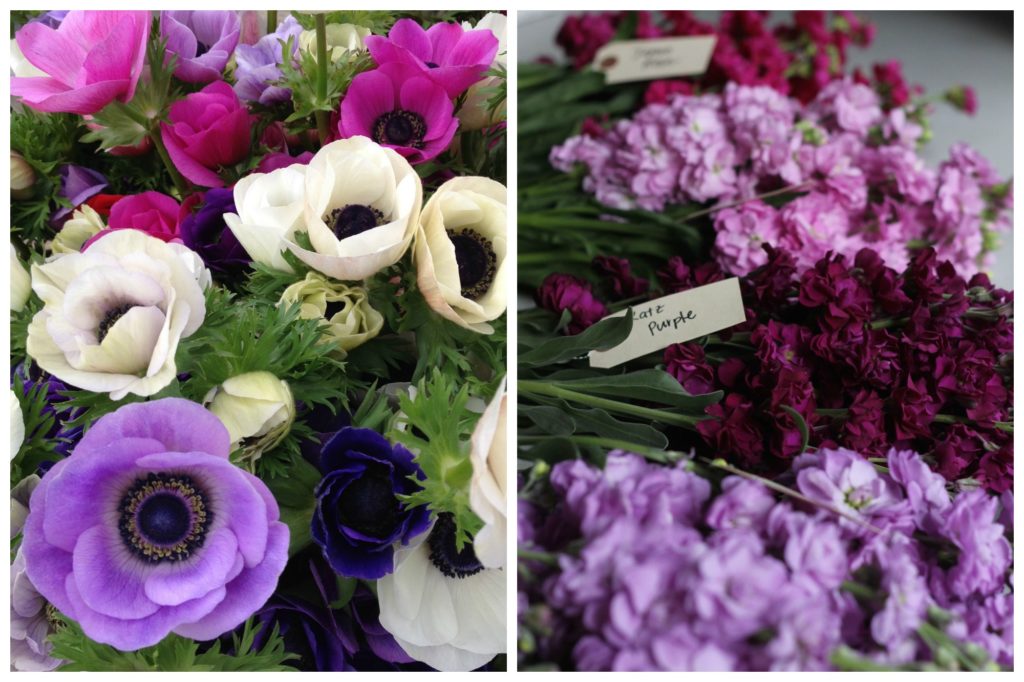 Erin: My heart broke last year when you posted photos of your newly constructed greenhouse that collapsed under heavy snow. What was so heartwarming, however, was the way folks really came together to help you rebuild a new greenhouse with funds you raised online. It’s a real testament to your community and the kindness of the flower farmers across the country –it is such a great group of people! What lessons can other flower farmers take from your experience with the greenhouse?
Erin: My heart broke last year when you posted photos of your newly constructed greenhouse that collapsed under heavy snow. What was so heartwarming, however, was the way folks really came together to help you rebuild a new greenhouse with funds you raised online. It’s a real testament to your community and the kindness of the flower farmers across the country –it is such a great group of people! What lessons can other flower farmers take from your experience with the greenhouse?
Steve: Flower farmers are definitely some amazing people, and we are happy to be a part of that community! I don’t feel like vegetable farmers have the same kind of camaraderie that us flower farmers do. Maybe it is the plant nerd in us, or maybe it is the beauty that we collectively create, but the outpouring of support was very touching. As far as lessons we’ve learned, well we definitely don’t sleep as soundly when it snows in the winter. If we put up one wider than 30’, we would build some type of support system in the middle of the greenhouse to help with snow load. Or have that one be heated so you can just crank the heat if you know a snowstorm is coming. We had just hooked up the electric, and the heat was next, so we were just a few days behind on that. With the help of our Indiegogo campaign, we were able to raise the funds to rebuild and we did, just made the winter a little less restful.
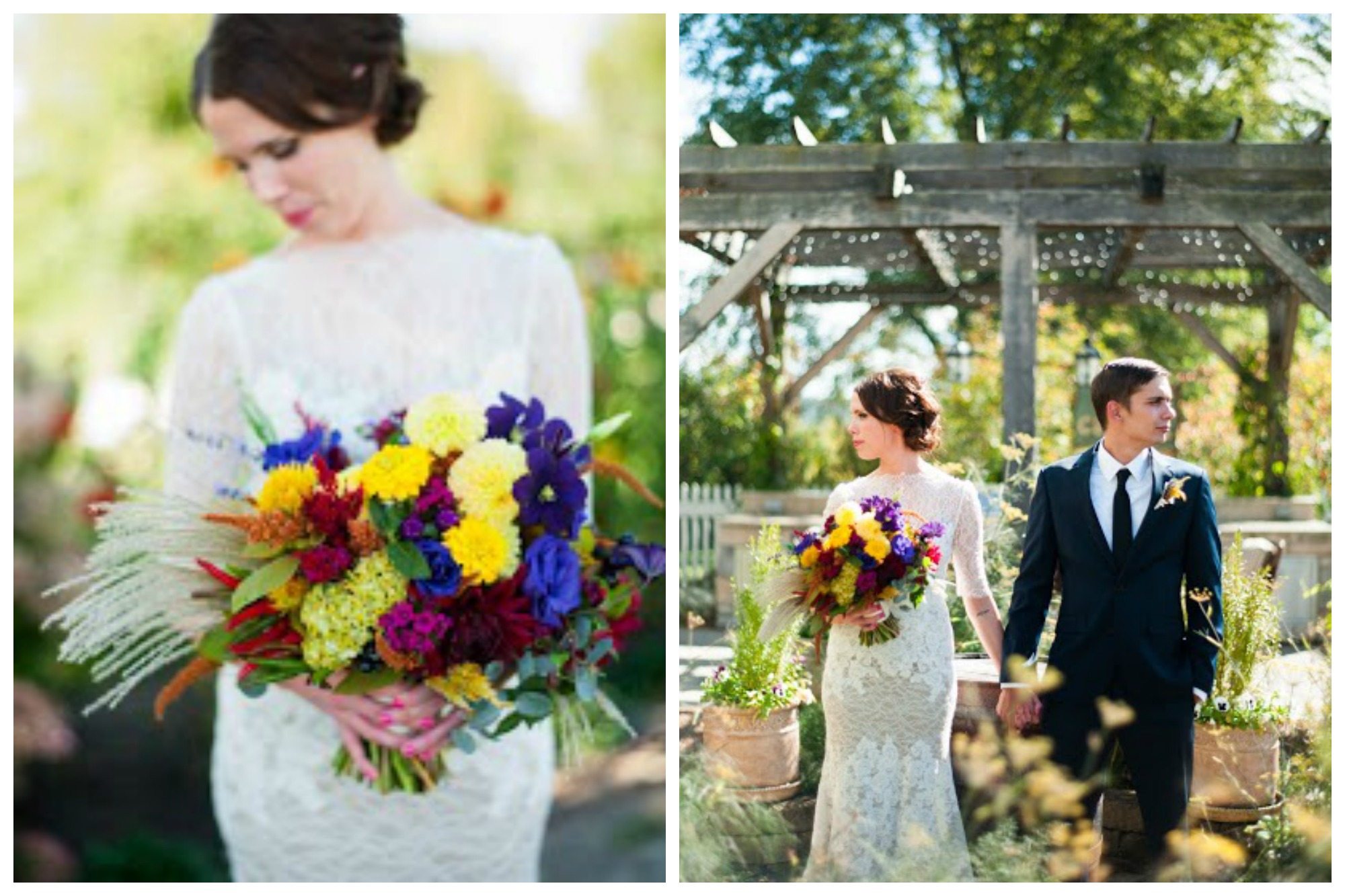 Erin: You two are part of the growing group of young, hip “agri-preneurs” getting into farming. After flower farming almost all of your 20’s, you’re considered some of the veterans of this renaissance and have been hitting the conference circuit pretty heavily to share your knowledge and experience. What’s one piece of advice you’d like to go back and tell yourself during that rookie year of farming?
Erin: You two are part of the growing group of young, hip “agri-preneurs” getting into farming. After flower farming almost all of your 20’s, you’re considered some of the veterans of this renaissance and have been hitting the conference circuit pretty heavily to share your knowledge and experience. What’s one piece of advice you’d like to go back and tell yourself during that rookie year of farming?
Steve: We have never really seen ourselves as “veterans of this renaissance,” but are humbled by your terminology. We wish we would have started out growing 100% flowers. In the beginning, our idea was to live off the land, so we raised pigs, ducks, chickens, grew vegetables, made soap, canned things, all of those ideal homesteading tasks. Flowers became our niche, and that really helped us turn the farm into a business. We have learned so much from other farmers, and have really become better growers because of the inspiration we draw from our mentors. We enjoy speaking at conferences; being on the other side of the podium we can give back what other growers have given to us. From each farm you visit, or conversation you have with a farmer, you can take a piece of that back to your farm and try to figure out how it works within your systems. We are always striving for more efficiency on the farm, and there is always more to learn, that’s why we like farming. As challenging as it is sometimes, we continue to grow as people too as our business expands.
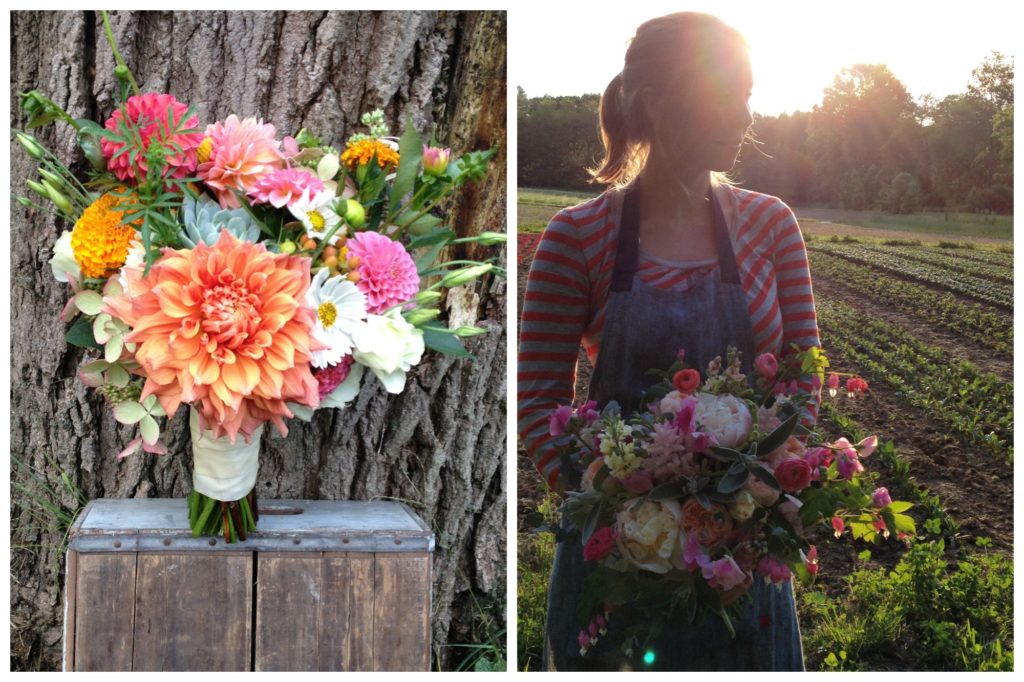 Gretel: I was 21 when this crazy flower farming adventure began, so sometimes at first I kind of resented the farm for making me grow up so quickly while my friends were still out partying. Now I am glad we started young because I am not yet 30, and have already reached some of our business goals, plus there is nothing else I would rather be doing. I wish I could tell that to my conflicted self in the beginning, that it’s okay to go down the road less travelled. And that my psychology degree would come in handy for other things like bridal consultations and marketing, because I was so worried my education wasn’t being applied. Don’t be afraid that other people may not understand why you want to become a farmer. Despite the hard times, it is definitely worth all the hard work. You get such a sense of purpose and fulfillment, especially once you are comfortable in your own skin that a flower farmer is who you are and were meant to be.
Gretel: I was 21 when this crazy flower farming adventure began, so sometimes at first I kind of resented the farm for making me grow up so quickly while my friends were still out partying. Now I am glad we started young because I am not yet 30, and have already reached some of our business goals, plus there is nothing else I would rather be doing. I wish I could tell that to my conflicted self in the beginning, that it’s okay to go down the road less travelled. And that my psychology degree would come in handy for other things like bridal consultations and marketing, because I was so worried my education wasn’t being applied. Don’t be afraid that other people may not understand why you want to become a farmer. Despite the hard times, it is definitely worth all the hard work. You get such a sense of purpose and fulfillment, especially once you are comfortable in your own skin that a flower farmer is who you are and were meant to be.
 Erin: Now, looking forward, what’s your outlook? –What’s your crystal ball (or magic 8 ball) predicting about the future of flower farming?
Erin: Now, looking forward, what’s your outlook? –What’s your crystal ball (or magic 8 ball) predicting about the future of flower farming?
Gretel: Being at the ASCFG conference this year, and with the presence of social media, we see evidence of more people connecting with the slow flower movement. It is empowering and fun to be a part of it, and I feel like these are life-long friendships we are building. It’s like we are all in it together, promoting local, natural looking flower arrangements. The local flowers will continue to gain momentum, as people want an authentic connection to what they consume, whether that is with brides or grocery store clients. Even if they don’t get that part of it, the quality of the flowers will help speak for itself. With great leaders like you, it feels like we are on our way, so thank you for all you have done! And congratulations on the Martha Stewart American Made award, and for bringing light to the farmer-florist movement!
Erin: Thanks! I share your enthusiasm and I’m so thrilled that you two are helping to lead this movement. Thank you for so generously sharing your time and talents and experiences with Floret fans and followers. I do hope our flower paths cross again soon!
Connect with Sunny Meadows:
website: www.sunnymeadowsflowerfarm.com/
Facebook: Sunny Meadows Flower Farm
Instagram: @flowerfarmer & @flowerfarmette
Tumblr: Sunny Meadows Weddings
photos 1-6, 8 courtesy of Sunny Meadows Flower Farm, photo 7 by Christa Kimble Photography, photo 9 by Nicole Dixon Photographic

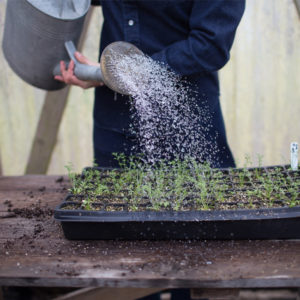
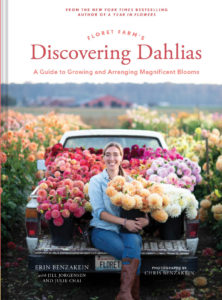
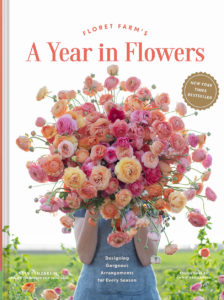
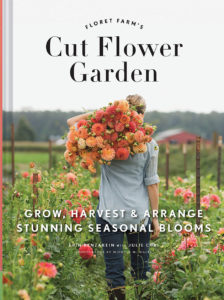

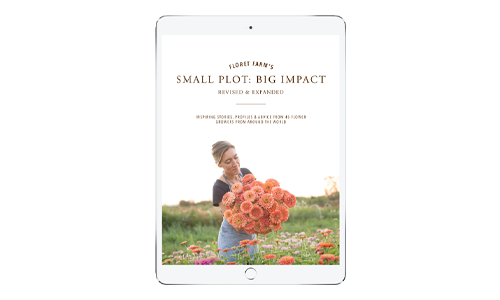
Linda Doan on
Lovely interview with two lovely farmerflorists!!